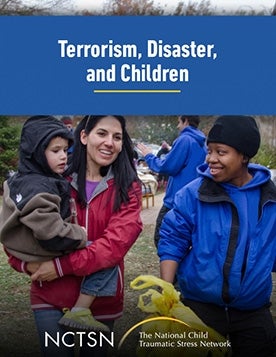
Research After Disasters: A 20-Year Retrospective
Presents findings from research data on the 1988 earthquake in Spitak, Armenia and makes references to other natural disasters.
The following resources on child trauma were developed by the NCTSN. To find a specific topic or resource, enter keywords in the search box, or filter by resource type, trauma type, language, or audience.

Presents findings from research data on the 1988 earthquake in Spitak, Armenia and makes references to other natural disasters.
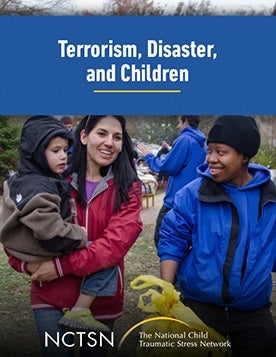
Summarizes the characteristics of community resilience and describes the Community Assessment of Resilience Tool (CART) as a mechanism for building community resilience, in addition to other strategies for building community resilience.
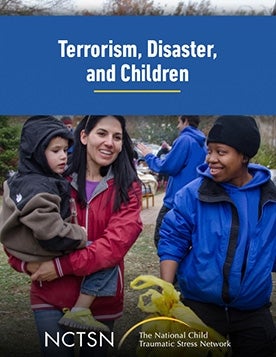
Discusses topics related to the impact of terrorism and disaster on children, as well as clinical issues such as assessment and treatment.
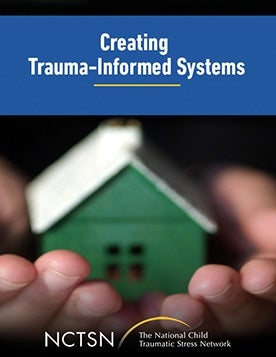
Discusses the guiding principles used to develop the Trauma Systems Therapy (TST) intervention.
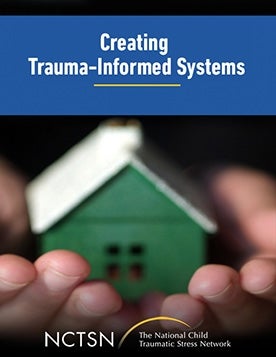
Focuses on describing and advocating for creating trauma-informed child-serving systems including juvenile justice, child welfare, healthcare, mental health, school, and law-enforcement.
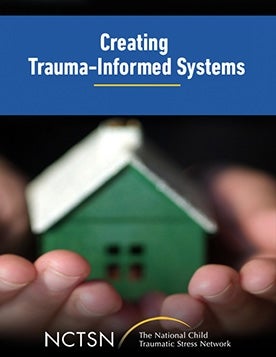
Presents techniques to use when interviewing children who may have been physically or sexually abused.
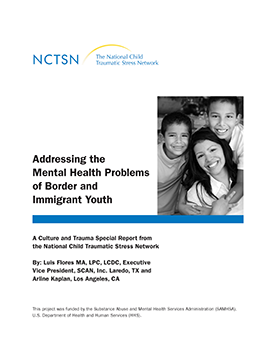
Helps mental health care providers, working in the Mexico-US border region, understand the diverse cultural, socioeconomic, environmental, and political factors that daily impact the lives of their clients/patients.
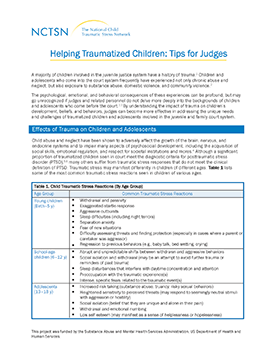
Outlines the impact of trauma on children's development, beliefs, and behaviors.
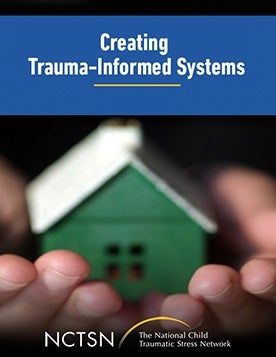
Describes the Child Development Community Policy Program.
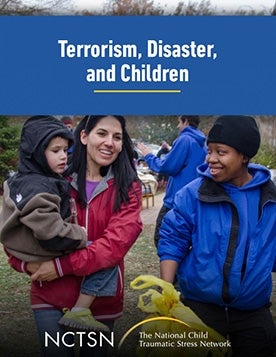
Provides information necessary to assess and treat PTSD in preschool children, school-aged children, and youth following a disaster. This webinar discuss developmental issues, parental issues, assessment, and treatment.
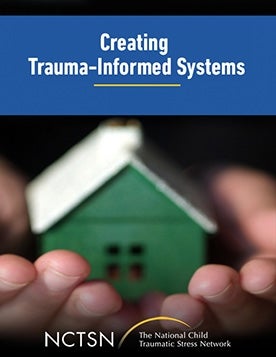
Addresses the relevance of traumatic stress for healthcare providers and discusses the prevalence, impact, risk factors, and mechanisms of pediatric medical trauma.
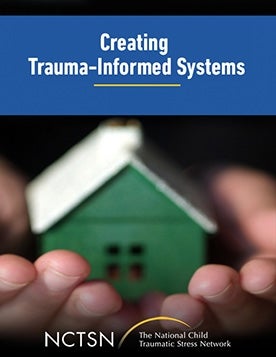
Discusses the need for mental health professionals to work in collaboration with judges to create a trauma-informed program to help young children in the court.